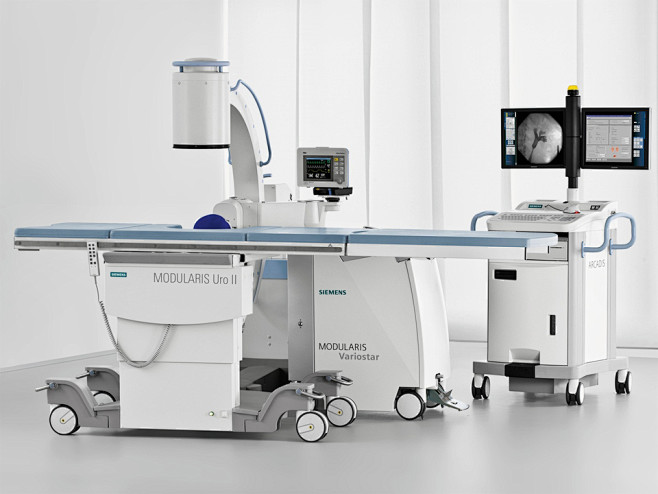The San Jiao is an important concept in traditional Chinese medicine theory, often mentioned but may not be clear to some patients. Simply put, the San Jiao belongs to the six fu organs, which complement the five zang organs, and the characteristic of the six fu organs is that they are mostly hollow structures responsible for the body’s transportation function.
The unique aspect of the San Jiao is that it is not a solid organ that can be directly touched or clearly corresponded to in modern medicine, but it encompasses the space between all organs. The San Jiao is divided into three parts: the upper Jiao is related to the heart and lungs, the middle Jiao involves the spleen and stomach, and the lower Jiao includes the kidneys, bladder, and large intestine. The core function of the San Jiao is to regulate the balance of qi and the circulation of body fluids between the organs, ensuring smooth internal body environment.
When the San Jiao is not functioning properly, it may lead to a series of health issues, most notably the imbalance of body fluids and qi, resulting in toxin accumulation, dampness, and cold stagnation, thus opening the door to diseases. Particularly, blockages in the middle Jiao affect the coordination of the spleen and stomach, disturbing the transportation of nutrients and waste elimination, which may cause symptoms such as alternating chills and fever, sensitivity, and in severe cases, promote the formation of “cancerous toxins.” Therefore, the blockage of the San Jiao is considered a health warning that needs attention.
To promote the smooth flow of the San Jiao, two practical methods are recommended. The first is patting method. In daily life, during fragmented times, starting from the right shoulder, gently pat down the arm to the wrist, repeat on the left side, each time lasting more than ten minutes, persist for several months, which helps improve physical condition. The second is emotional management. Traditional Chinese medicine emphasizes the impact of emotions on health, a good mindset can promote the smooth flow of qi, prevent qi stagnation and blood stasis. Therefore, maintaining a happy mood is crucial for maintaining the normal function of the San Jiao.
In addition, adjusting lifestyle habits such as reducing intake of high salt, sugar, and fat foods, increasing physical activity, ensuring sufficient sleep, these practices beneficial to the blood vessels are also conducive to the nourishment of the San Jiao. Through comprehensive measures, it is possible to effectively maintain the health of the San Jiao system and prevent the onset of diseases.


